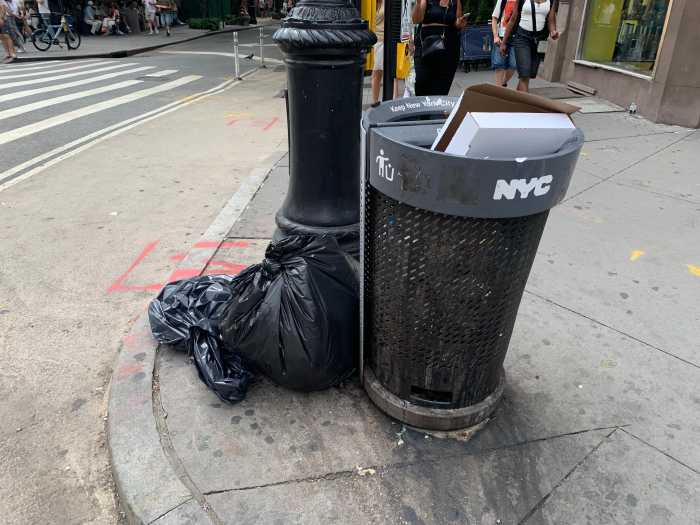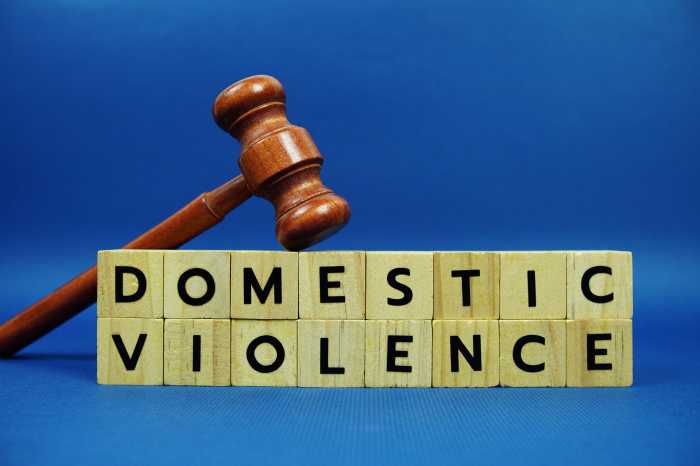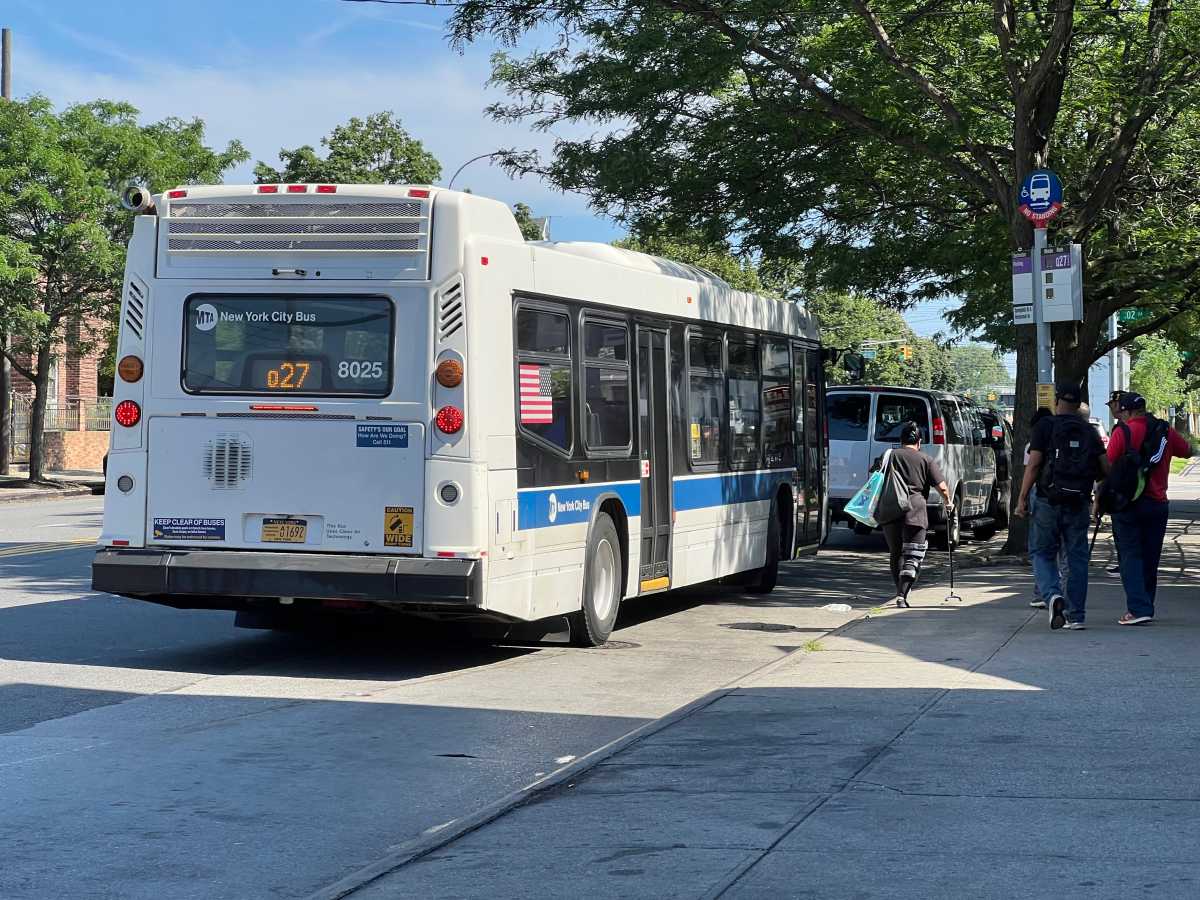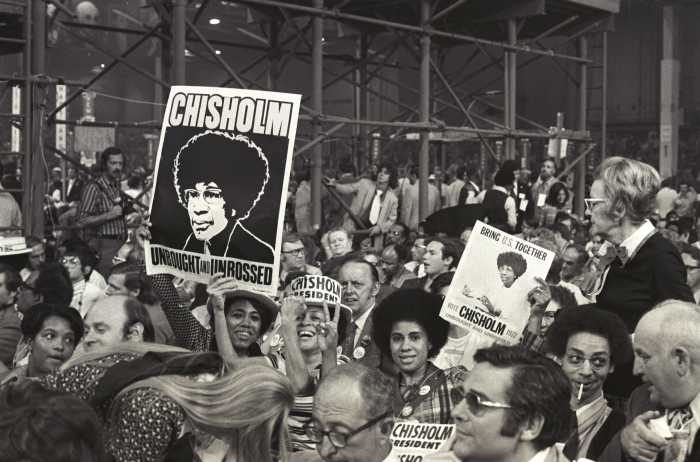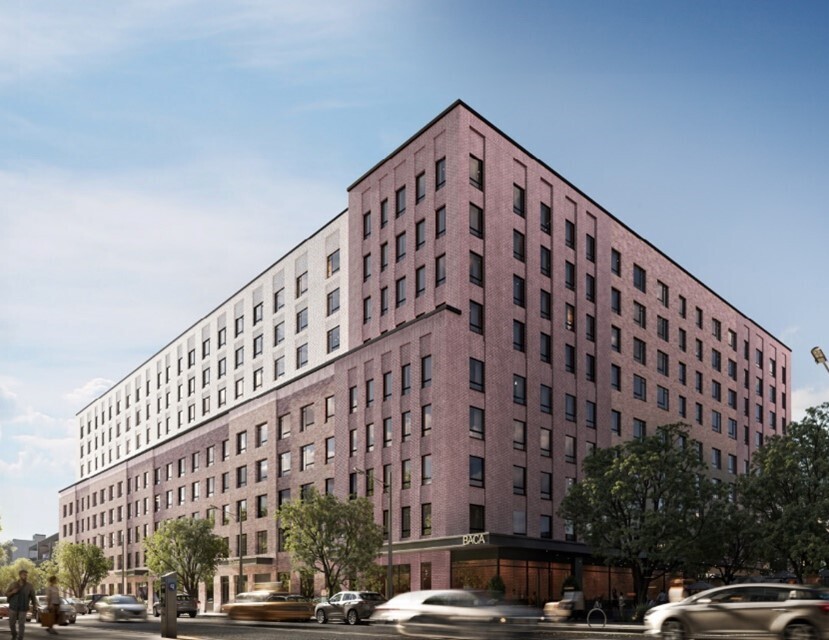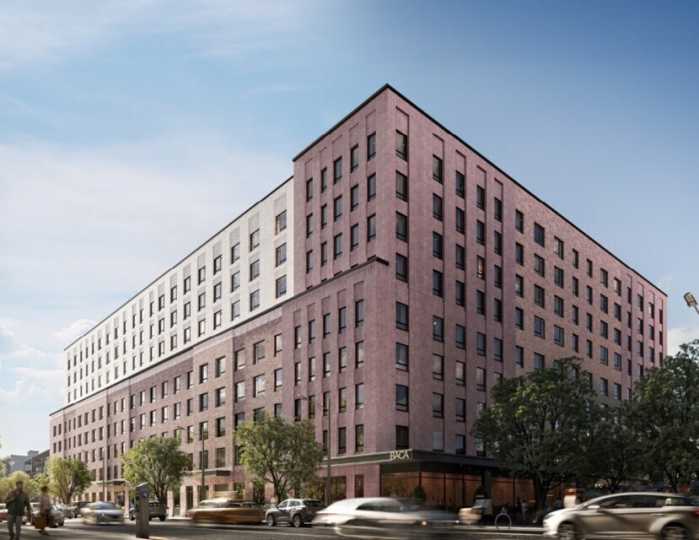It came as a surprise to many political observers that Hillary Clinton, not Rudy Giuliani, was the first 2008 presidential candidate to use 9/11 images in a campaign ad. Predictably, she was criticized in some quarters for “exploiting” the tragedy for political gain.
Given the raw feelings that 9/11 still generates, and the Bush administration’s manipulation of the tragedy to sell the country on an ill-conceived war, it is understandable that this is a heavily laden subject.
Voters are free, of course, to weigh whatever factors they wish in making their decision, and candidates certainly must be mindful of a backlash, but the idea that 9/11 is some sort of a taboo subject in a campaign ad should finally be put to rest.
The Sept. 11 attack was the single most significant event in over half a century, and the candidates’ views or record in regard to 9/11 should be central to any national campaign. Giuliani and Clinton played key roles after the attack, and any unwritten rule discouraging them from using images to highlight their record is absurd.
Clinton’s ad has subdued pictures of her meeting with ground zero workers at the site and points out correctly that she has led the fight for health care for workers suffering from ailments due to their work at the World Trade Center. Clinton has been a strong advocate for Lower Manhattan residents who very well may be suffering health problems as well.
Giuliani has a mixed record on 9/11 issues — he ignored residential concerns as mayor and did not pay enough attention to the environmental questions — but he certainly should point to the leadership he showed guiding the city through one of its most difficult periods.
We would like to see all of the candidates talking about where they stand now because of what happened in 2001.
Chinatown’s new voice
It’s easy to dismiss the importance of community boards because their power is advisory. Government officials and developers are free to ignore the board’s suggestions and do what they want to do anyway. But usually they listen and make adjustments.
Community board boundaries are therefore very important. Chinatown, which is divided between Community Boards 1, 2 and 3, has been hurt because it does not have a concentrated voice. C.B. 2 and its chairperson, Brad Hoylman, took an important step to relieve this inequity last month by creating a Chinatown Committee to focus on solving the neighborhood’s problems. One of the committee’s first goals, wisely, is to develop close relationships with Boards 1 and 3. The boards’ boundary lines will not be changed anytime soon, so C.B. 1 and 3 should do all they can to open their doors to their new partner.
As we report this week, Chinatown leaders have raised serious concerns about the city’s new plan for Chatham Square and Park Row. The area in question is in Board 3 near the Board 1 border, which is why a Board 2 committee won’t be able to solve all of Chinatown’s problems without help from their friends.



